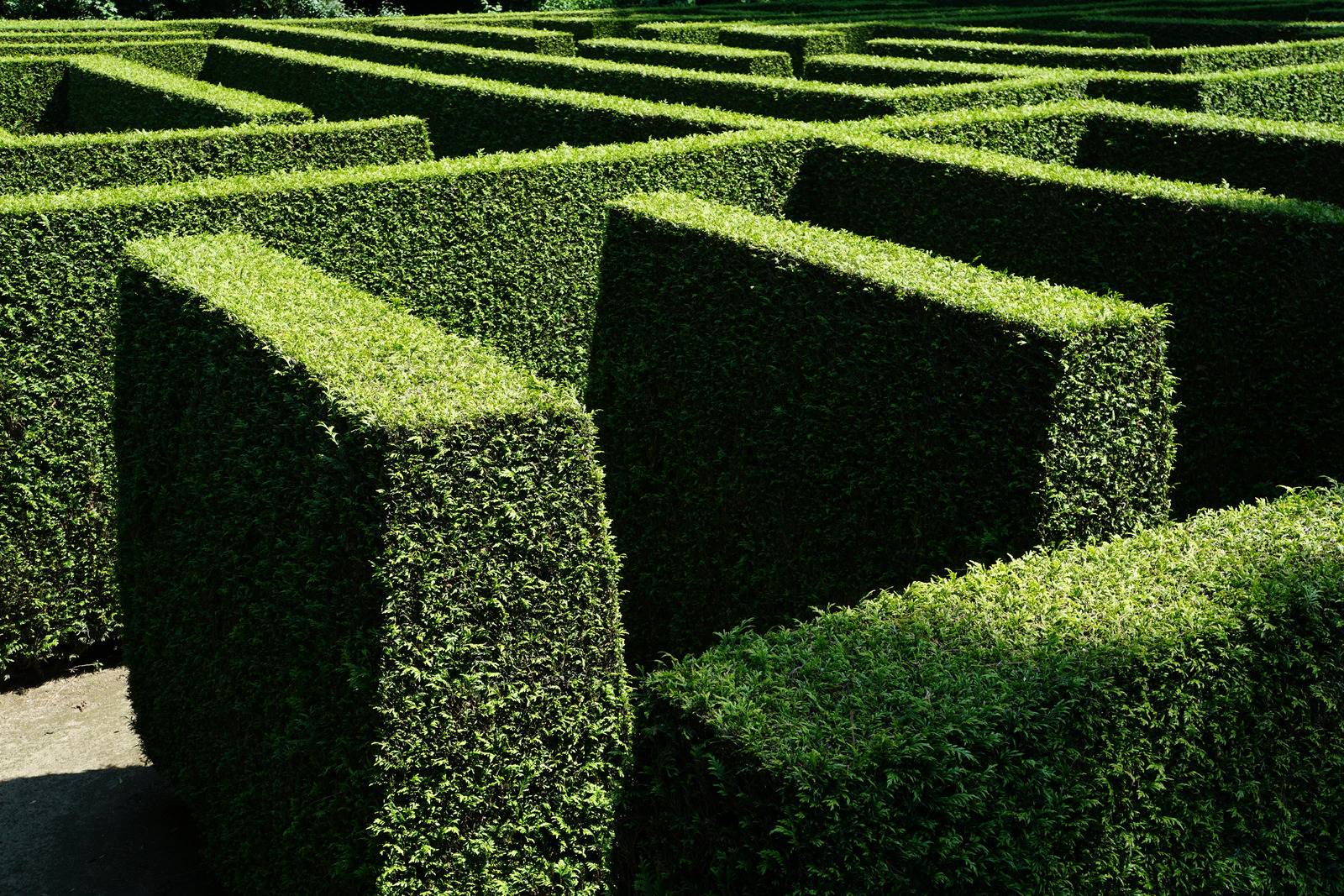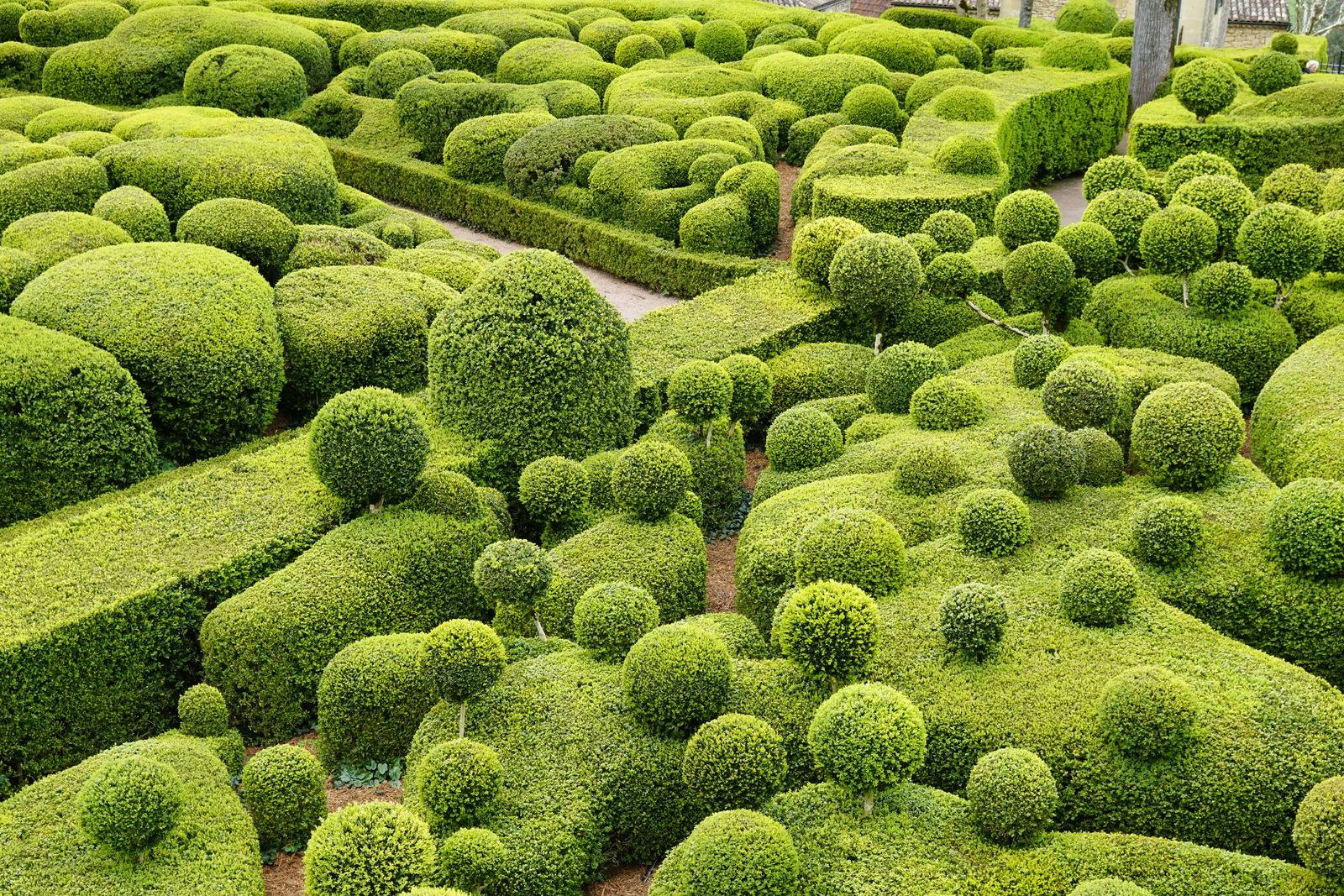Have you ever thought of yourself as a hedge fund manager before? The shrub is the bank, and the leaves are the money. You are the manager, and you get paid to manage the hedges!

Nice hedges can seem high maintenance, but in reality, there are just two rules for hedge trimming.
- Hedges should be clipped while the new growth is green and succulent.
- Plants should be trimmed so that the base is wider than the top.
Flowering hedges should be clipped after the bloom if the flowers are important.
Those two steps are admittedly oversimplified. The reality is that a lot of hedges were not established properly. There is a lot of overplanting that happens with the goal of making newly planted landscapes look “full.” The result is a bunch of plants that continue to grow to their mature size and outgrow the space where they were initially placed. The outcome is a plant that has to be pruned frequently for no good reason. That means time, money, noise, and open wounds on a plant that never looks great. Plus, you are using fuel and spewing carbon dioxide into the atmosphere, which contributes to climate change issues.

What is the point of hedging plants into individual meatballs, marshmallows, and squares? Allow hedges to grow and flow into each other. It is attractive to see a dense, established hedge made up of a wall of multiple plants standing as an army of one protecting your property. Beyond that, hedging shrubs into meatballs takes more time and resources. More gasoline is used to power the equipment, more time is spent completing the task, and the plants will suffer over time. Maintaining the perfect meatball look will be very difficult and results in almost torturing your plant into compliance. Keep the meatballs, marshmallows, and mickeys for certain specimen, topiary, or plants, not for your hedges. Topiaries are very cool living sculptures that require constant upkeep from an experienced topiarist (more like topi- artist, in my opinion).
If you do need to correct the pruning patterns, determine your pruning goal shape. At each different pruning event, remove 1/3 of the amount of plant from the starting point until the goal shape is reached. Then continue to prune following your two rules.
Encourage your hedges to be stacks of green by pruning the new succulent growth emerging this spring, and keep that base wider than the top!

Resources
Pruning Landscape Trees and Shrubs
 0
0
